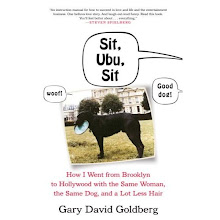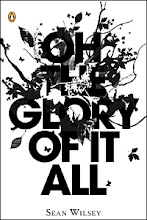 Japanese retailer Muji opened its first U.S. store yesterday, bringing its practical yet well-designed line of housewares, stationery and clothing to New York City. The first store is in SoHo on Broadway, just a few blocks away from another Japanese retailer, Uniqlo. A second Muji store reportedly opens next month in the office tower Renzo Piano designed for the New York Times. Gothamist and Racked weigh in with their takes on – and pics of – the downtown outpost.
Japanese retailer Muji opened its first U.S. store yesterday, bringing its practical yet well-designed line of housewares, stationery and clothing to New York City. The first store is in SoHo on Broadway, just a few blocks away from another Japanese retailer, Uniqlo. A second Muji store reportedly opens next month in the office tower Renzo Piano designed for the New York Times. Gothamist and Racked weigh in with their takes on – and pics of – the downtown outpost.

Muji’s products are free of logos; the company’s name is a shortened version of “mujirushi ryohin” which translates as no-brand, quality goods. Catering to a well-traveled, international crowd, the store has just about every size of vial for all your emollients, collapsable travel bags, slippers as well as shirts and socks made of recycled yarn. (It’s not as gross as it sounds. They’re made from scraps.)
 Prices on dishes, kitchen utensils and paper goods were reasonable while clothing seemed more expensive than what one would expect. (Perhaps a result of the weak dollar?) One curious item: a pair of men’s corduroy pants that seemed perfectly normal, except around the waist. Where beltloops would normally be, there was a large piece – about three inches tall – of forgiving elastic, like you’d find in a pair of pregnancy jeans. The price for these “Thanksgiving Dinner” pants? $89.50. (Write your own MasterCard “priceless” punchline in the comment section.) They’re probably just some comfortable pants for a long-haul flight.
Prices on dishes, kitchen utensils and paper goods were reasonable while clothing seemed more expensive than what one would expect. (Perhaps a result of the weak dollar?) One curious item: a pair of men’s corduroy pants that seemed perfectly normal, except around the waist. Where beltloops would normally be, there was a large piece – about three inches tall – of forgiving elastic, like you’d find in a pair of pregnancy jeans. The price for these “Thanksgiving Dinner” pants? $89.50. (Write your own MasterCard “priceless” punchline in the comment section.) They’re probably just some comfortable pants for a long-haul flight.












